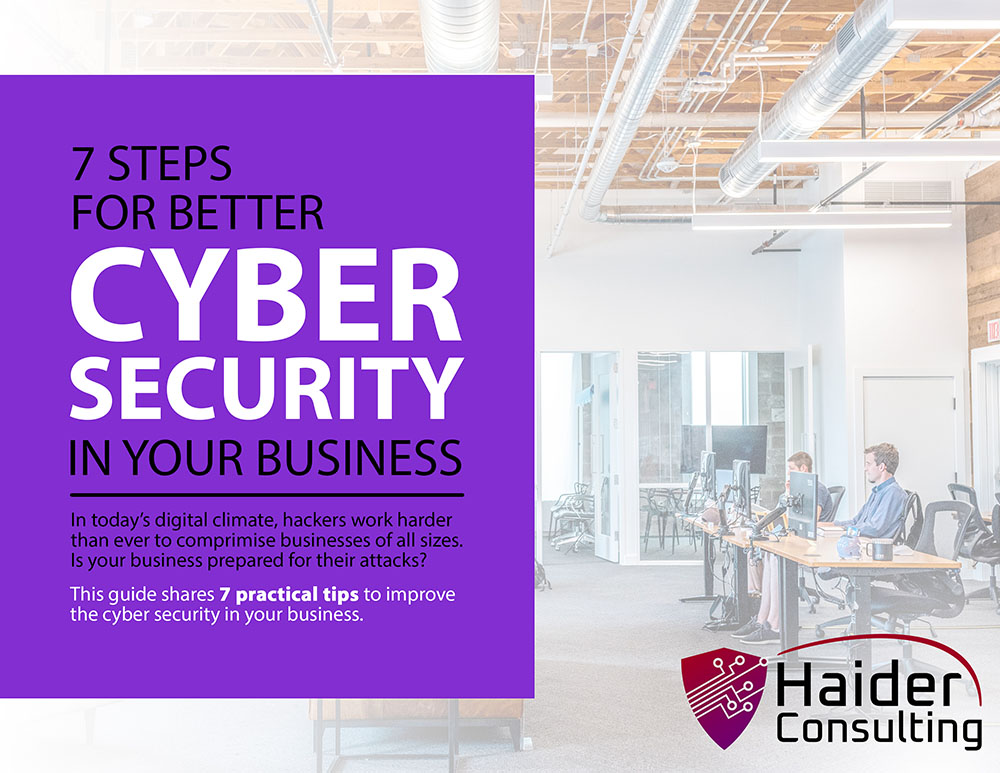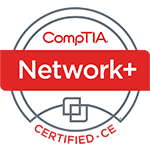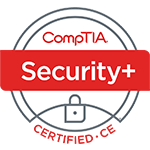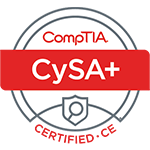The growth of remote work has transformed the traditional workplace, eliminating strict office hours and daily commutes. However, this flexibility also brings cybersecurity challenges. Remote work can make your organization’s data and systems more vulnerable.
In fact, a recent survey by Forbes revealed that 73% of executives think remote work raises security risks.
However, you can still reduce these risks. Below, we’ll share critical security tips for remote teams. You’ll discover how to protect your company’s data effectively, regardless of where you work.
1. Securing Home Networks
Strong Wi-Fi Encryption
Make sure your Wi-Fi uses the most current security protocols, like WPA3. This is a basic but crucial step to secure your home network, and it can often stop outsiders from getting into your network and stealing your data.
Change the Default Router Settings
Routers often come with default usernames and passwords that hackers know or can easily find. So be sure to change these to unique and strong credentials to block unauthorized access to your network.
2. Use Strong, Unique Passwords
Password Managers
Remote workers often need to manage multiple accounts and passwords, which can be overwhelming. Password managers help by creating, storing, and auto-filling complex passwords for each account, ensuring they are unique and strong.
Multi-Factor Authentication (MFA)
Setting up MFA introduces an additional security step. Even if a password is stolen, MFA asks for another form of verification, like a code from a text or an authentication app. This extra step significantly strengthens account security, so that even if hackers steal a password, they can’t get into the account easily.
3. Protecting Devices
Antivirus/Anti-Malware Software
Install up-to-date anti-malware software on all devices used for work. This software helps detect and stop threats before they can do any damage.
Regular Software Updates
Outdated software can leave your devices vulnerable to attacks. To protect against new threats, set your devices to automatically update:
- Operating systems
- Applications
- Security software
Encrypted Storage
Protect sensitive information using encrypted storage. This ensures that if your device is lost or stolen, the data cannot be accessed by unauthorized people. You can use encryption options that come with your device or install third-party encryption software.
4. Secure Communication Channels
Virtual Private Networks (VPNs)
A VPN secures your internet connection by encrypting your data. This stops hackers from intercepting it. It’s especially important to use a reliable VPN when you’re on public or unsecured Wi-Fi networks.
Encrypted Messaging and Email
Choose communication tools that encrypt your messages and emails. This security step protects the content of your communications. Make sure to check for encryption options when selecting messaging and email services to keep your conversations private and secure.
5. Safe Browsing Practices
Browser Security
Keep your web browser updated and set up for maximum security. This includes turning on pop-up blockers, turning off third-party cookies, and making sure to use secure (HTTPS) websites.
Avoiding Phishing Attacks
Phishing is a major risk for remote workers. Be cautious with unexpected emails or messages that ask for your personal information. Always check who is sending these before you click on any links or download files. If something looks suspicious, tell your IT team so they can warn others.
Use of Ad Blockers
Installing ad blockers can stop malicious ads from appearing. These ads might carry malware or phishing links. Using an ad blocker adds an extra layer of safety as you browse.
6. Education and Training
Regular Security Training
It’s important to keep learning about new security practices and threats. Offer ongoing training that includes phishing simulations and how to protect devices and data. Make sure the team knows about any changes in security protocols.
Incident Response Plan
Have a clear plan for how to handle security incidents. Everyone should know exactly what to do if there’s a breach. This plan should cover how to report the issue, steps to limit the damage, and who to contact in the IT team for help.
7. Personal Responsibility and Vigilance
Personal Device Hygiene
Employees should practice good digital hygiene on their personal devices. This means performing regular backups, ensuring devices are securely configured, and keeping personal and work activities separate when possible.
Being Aware of Social Engineering
Social engineering attacks manipulate people’s emotions to gain access to systems and data. It’s important to recognize common tactics like pretexting (creating a fabricated scenario) and baiting (offering something enticing). Staying cautious and questioning can help avoid these traps.
Need Help Improving Remote Work Cybersecurity?
Switching to remote work means updating your digital security strategies. As online threats increase, your security measures should strengthen.
Need assistance? Our experts can help make sure your remote work setup is secure.
Contact us today to discuss your cybersecurity needs.
Book My 17-Minute Call





